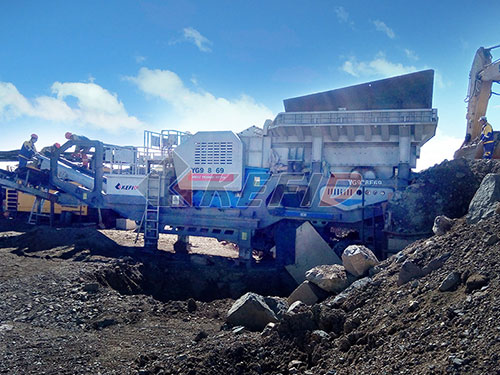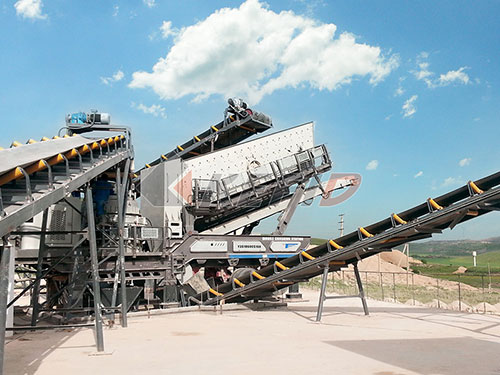Evaluating Structural Integrity: The Concrete Masonry Crushing Test

Introduction
Concrete masonry units (CMUs), commonly known as concrete blocks, are fundamental building components used globally in load-bearing walls, partitions, and veneers. The structural reliability of these elements hinges significantly on their ability to withstand compressive forces – the primary stress they encounter in service. The Concrete Masonry Crushing Test, more formally termed the Compressive Strength Test, serves as the definitive laboratory procedure for quantifying this critical property. This standardized test provides essential data for engineers, architects, manufacturers, and building code officials to ensure structures meet safety and performance requirements.
Purpose and Significance
The core objective of the crushing test is to determine the ultimate compressive strength of concrete masonry units or assemblages (prisms). This measured strength value is crucial for:

1. Quality Control: Manufacturers use it to verify production consistency and adherence to specifications (e.g., ASTM C90).
2. Structural Design: Engineers rely on compressive strength values to calculate load-bearing capacities of walls and design appropriate reinforcement.
3. Material Acceptance: Builders and inspectors use test results to confirm delivered materials meet project specifications.
4. Code Compliance: Building codes mandate minimum compressive strength requirements for different applications.
Test Methodology
The procedure follows established international standards such as ASTM C140 (Standard Test Methods for Sampling and Testing Concrete Masonry Units and Related Units) or ASTM C1314 (Standard Test Method for Compressive Strength of Masonry Prisms). While nuances exist between testing individual units versus prisms built with mortar (which better reflect actual wall behavior), the fundamental crushing principle remains consistent:
1. Specimen Preparation:
Units: Full-size CMUs are typically tested flat (face shells up/down). Specimens must be free from cracks or major defects.
Prisms: Multi-wythe prisms are constructed using representative mortar according to standard procedures and cured under controlled conditions.
Capping: A critical step involves creating perfectly flat, parallel bearing surfaces on the top and bottom of the specimen using a high-strength gypsum cement compound or sulfur mortar capping material. This ensures uniform load distribution during testing.
2. Measurement: The net cross-sectional area of the specimen perpendicular to the direction of loading is accurately measured.
3. Testing Apparatus: A calibrated hydraulic compression testing machine capable of applying a continuous load at a controlled rate is used.
4. Loading Procedure:

Leave a Reply